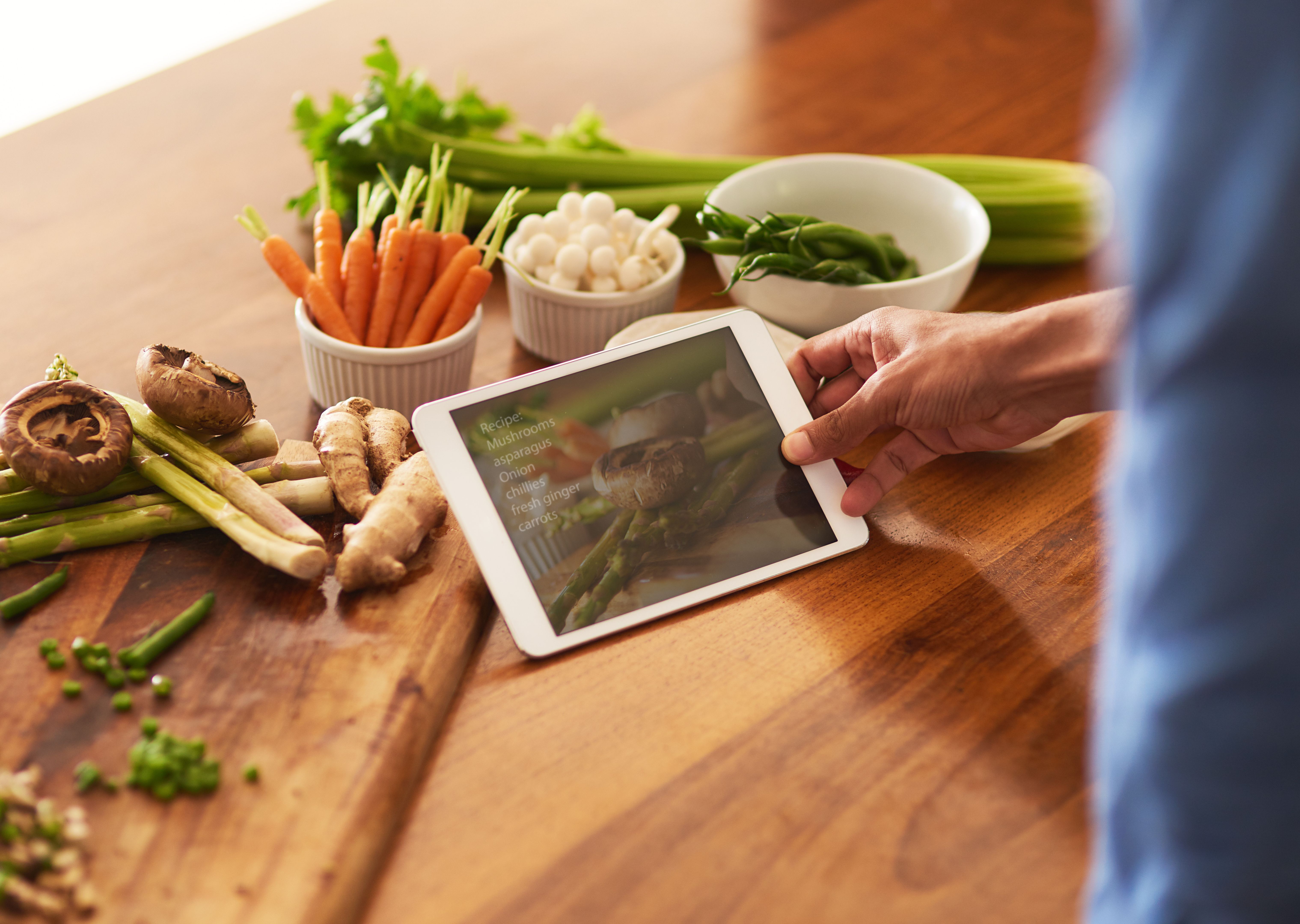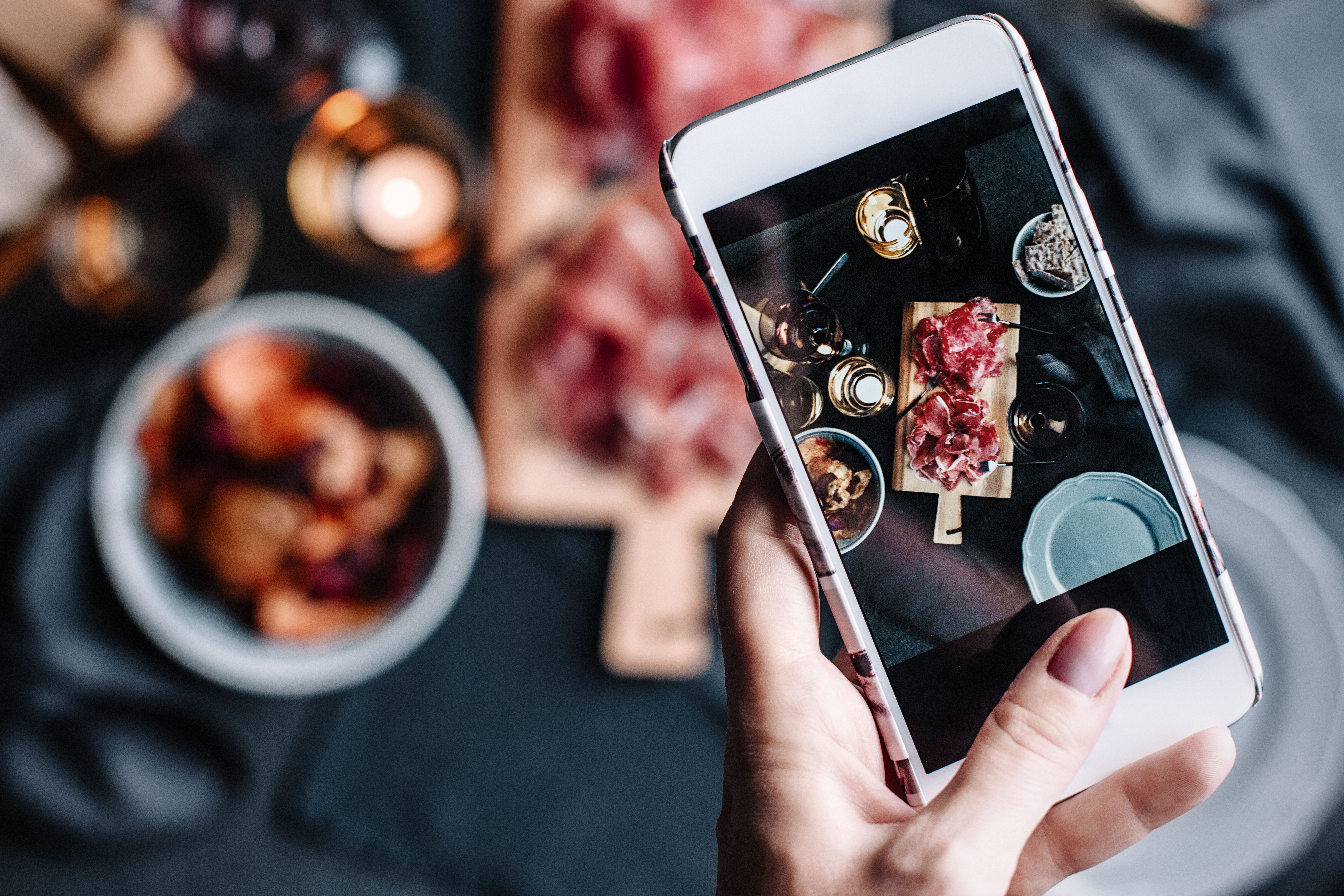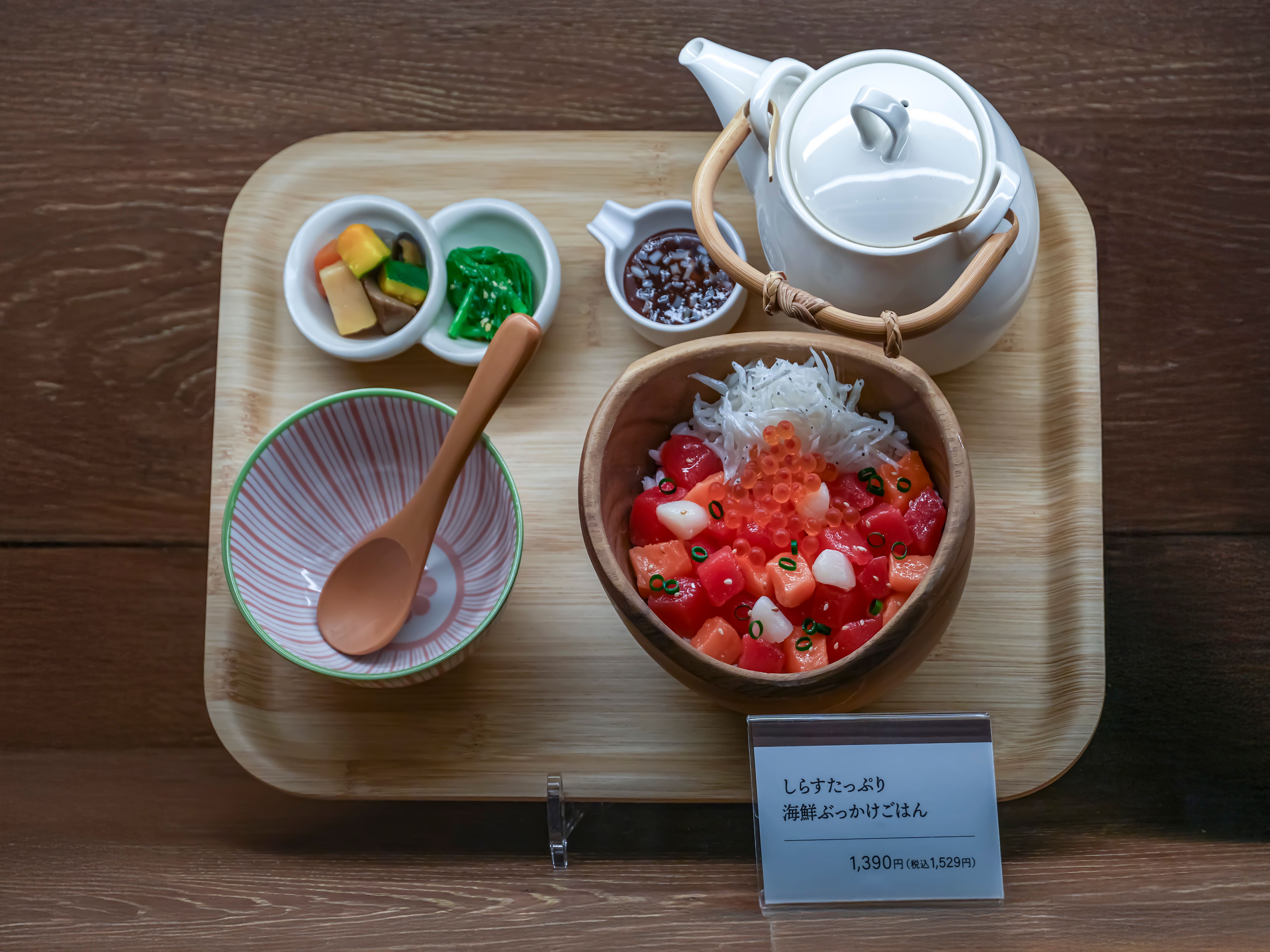How to Successfully Sell Your Recipes Online
Understanding Your Market
Before diving into selling your recipes online, it's crucial to understand your target market. Are you catering to busy parents, health enthusiasts, or gourmet food lovers? Identifying your audience will help you tailor your recipes and marketing strategy effectively. Conducting market research can provide insights into what your audience is looking for and how you can meet those needs.
Consider exploring popular food blogs, social media platforms, and online forums to see what type of recipes are trending and how they are presented. This will not only inspire you but also help you position your recipes uniquely in the crowded online space.

Creating High-Quality Content
Your recipes should be more than just a list of ingredients and steps. Invest time in creating content that is engaging and visually appealing. High-quality photos, step-by-step guides, and detailed descriptions can make your recipes stand out. Consider using video content to demonstrate the cooking process, as this can be more engaging for your audience.
Ensure that your recipes are easy to follow and provide value. Highlight any unique aspects of your recipes, such as special ingredients or cooking techniques, to entice potential customers.
Optimizing for SEO
Search engine optimization (SEO) is critical when selling anything online, including recipes. Use relevant keywords throughout your content to improve visibility on search engines. This includes your recipe titles, descriptions, and any accompanying blog posts. Incorporate keywords naturally and avoid keyword stuffing, which can negatively impact your SEO efforts.

Selecting the Right Platform
Choosing the right platform to sell your recipes is essential for reaching your audience effectively. There are several options available, such as starting your own website, using a blog platform, or leveraging established marketplaces like Etsy or Gumroad. Each platform has its pros and cons, so consider factors like cost, ease of use, and audience reach.
If you decide to create your own website, ensure it's user-friendly and optimized for mobile devices. Many users access content via their smartphones and tablets, so a responsive design is crucial for a positive user experience.
Building Your Brand
Your brand is what sets you apart from other recipe sellers online. Develop a unique brand identity that reflects your style and values. This includes designing a memorable logo, choosing a consistent color scheme, and crafting a compelling brand story. Your brand should resonate with your target audience and be reflected in every piece of content you create.
Engaging with Your Audience
Building a loyal customer base requires more than just selling recipes; it involves engaging with your audience regularly. Use social media platforms to connect with potential buyers, share cooking tips, respond to comments, and gather feedback. Building an email list is also an effective way to keep your audience informed about new recipes, promotions, or updates.
Consider offering free content or sample recipes to entice new subscribers. This not only showcases your expertise but also builds trust with potential customers.
Pricing Your Recipes
Determining the right price for your recipes can be challenging. It's essential to find a balance between making a profit and offering value to your customers. Research what similar recipes are selling for in the market and consider offering tiered pricing or bundles to provide more options for buyers.

Finally, remember that selling recipes online is not just about making a sale; it's about building a community of food enthusiasts who appreciate your culinary creations. With dedication and strategic planning, you can successfully sell your recipes online and grow your brand.
